The municipality of Ilopolis is tightly nestled away in a high mountainous valley lined with so much native yerba mate trees on its slopes that farmers hardly require planting to sustain their production. On the valley floor far in the distance I spotted the small town, street lights already burning in the twilight of the early evening. The bus dropped me then and there, so I called Clovis who had invited me to Ilopolis at the yerba mate congress in Uruguay a few weeks earlier. Clovis answered... "I'm on way. 25 minutes", he responded. Over the following week I would be the first African guest of the district of Ilopolis, the region with the highest concentration of inhabitants living off of the yerba mate trade.
I had also met Ariana, municipal secretary of culture and tourism
. She arranged for me to visit two primary schools in the region. The dream job of most of these kids was to make yerba mate, which left me with an overwhelming sense of confidence for the future of high quality yerba mate production. A group of about 40 children between the ages of 8 and 14 gathered in a classroom to meet the African visitor. I had a short talk with them about the animals in Africa and how our schools work. These kids were surprisingly knowledgeable about yerba mate cultivation and when I realised that is was an agricultural school I asked the children whose parents work with yerba mate to raise their hands. Here's the video of their response: VIDEO.
On the night that I had arrived, Clovis and I dashed out of the cold into a little diner where we met Eduardo who runs a more-than-organic operation with 60 other growers in the region. A few days later I went to visit his little part of the jungle, which he had given a second chance at life. Many dozens of millions of hectares of jungle in Brazil had been devastated 60 years earlier leaving nothing but desert where there had once been thick jungle
. Eduardo has been allowing the jungle to return for more than half of his life. His method is patiently allowing nature to heal itself. Today his 20 odd hectares of jungle has been in recuperation for 50 years and yielding some yummy yerba mate. This ancient philosophy of working in harmony with nature is very rare to find in any part of the world, so I asked Eduardo why he worked this way. His response was, " when I used to make yerba mate the conventional way, the taste of the final product was never satisfactory, so I escaped from that world." Here's a short video of Eduardo taking me into the bush: VIDEO
There was clearly enough demand for everyone to make a good living off of the trade and despite the fact that all of everybody's neighbours were in theory, business rivals, everyone got along like family. Breakfast, lunch and supper was eaten as whoever's house was closest and yerba mate tours were arranged with farmers at the moment of bumping into them in town or elsewhere. The days were spent learning how to tell good yerba from bad yerba, and I took a particular interest in doing tastings of all forms of the product from a variety of different sources. The nights were freezing, so we often spent hours by the cast iron stove grilling pinões (a type of large pine nut native to the area), drinking what they called, "colonial wine" (home-made wine) and there was a lot of meat.
Making Charred Pinões in the Bush: VIDEO PLAYLIST
High Quality Yerba Mate, Brazil: PART 02
Thursday, May 22, 2014
 Ilópolis, Rio Grande do Sul, Brazil
Ilópolis, Rio Grande do Sul, Brazil
Other Entries
-
1Brazilian Hospitality In and Around Favelas
Mar 1667 days prior Sao Paulo, Brazilphoto_camera13videocam 1comment 9
Sao Paulo, Brazilphoto_camera13videocam 1comment 9 -
2Gone Down South
Mar 3053 days prior Porto Alegre, Brazilphoto_camera17videocam 2comment 5
Porto Alegre, Brazilphoto_camera17videocam 2comment 5 -
3Brazilian Students Show Me How To Party
Apr 0448 days prior Pelotas, Brazilphoto_camera16videocam 0comment 0
Pelotas, Brazilphoto_camera16videocam 0comment 0 -
4Settled In
Apr 1141 days prior Porto Alegre, Brazilphoto_camera24videocam 0comment 2
Porto Alegre, Brazilphoto_camera24videocam 0comment 2 -
5Portuguese In The Bag, Time To Hit The Road
Apr 2923 days prior Porto Alegre, Brazilphoto_camera30videocam 0comment 3
Porto Alegre, Brazilphoto_camera30videocam 0comment 3 -
6The National Brazilian Yerba Mate Fest.
May 0616 days prior Venancio Aires, Brazilphoto_camera27videocam 0comment 3
Venancio Aires, Brazilphoto_camera27videocam 0comment 3 -
76th South American Yerba Mate Congress, Uruguay
May 0814 days prior Montevideo, Uruguayphoto_camera35videocam 0comment 7
Montevideo, Uruguayphoto_camera35videocam 0comment 7 -
8SHORT ENTRY: Getting Back to Brazil
May 139 days prior Santana do Livramento, Brazilphoto_camera1videocam 0comment 3
Santana do Livramento, Brazilphoto_camera1videocam 0comment 3 -
9SHORT ENTRY: Over-Night in Santa Maria
May 148 days prior Santa Maria, Brazilphoto_camera1videocam 0comment 0
Santa Maria, Brazilphoto_camera1videocam 0comment 0 -
10High Quality Yerba Mate, Brazil - Part 01
May 157 days prior Palmeira das Missões, Brazilphoto_camera42videocam 0comment 4
Palmeira das Missões, Brazilphoto_camera42videocam 0comment 4 -
11VIDEO ENTRY: Valley of Cuias (Gourds)
May 193 days prior Frederico Westphalen, Brazilphoto_camera28videocam 0comment 2
Frederico Westphalen, Brazilphoto_camera28videocam 0comment 2 -
12SHORT ENTRY: Wet, Cold and High
May 211 day prior Marau, Brazilphoto_camera10videocam 0comment 0
Marau, Brazilphoto_camera10videocam 0comment 0 -
13High Quality Yerba Mate, Brazil: PART 02
May 22 Ilópolis, Brazilphoto_camera42videocam 0comment 1
Ilópolis, Brazilphoto_camera42videocam 0comment 1 -
14Getting Technical About Yerba
May 275 days later Machadinho, Brazilphoto_camera6videocam 0comment 4
Machadinho, Brazilphoto_camera6videocam 0comment 4 -
15Out Of the Mill Into My Gourd
May 286 days later Barão de Cotegipe, Brazilphoto_camera14videocam 0comment 1
Barão de Cotegipe, Brazilphoto_camera14videocam 0comment 1 -
16Interview at Bom Dia Jornal
May 297 days later Erechim, Brazilphoto_camera8videocam 0comment 0
Erechim, Brazilphoto_camera8videocam 0comment 0 -
17Another Yerba Mate Fest
May 297 days later Palmeira das Missões, Brazilphoto_camera11videocam 0comment 0
Palmeira das Missões, Brazilphoto_camera11videocam 0comment 0 -
18Back to Valley of Gourds
Jun 0211 days later Frederico Westphalen, Brazilphoto_camera7videocam 0comment 0
Frederico Westphalen, Brazilphoto_camera7videocam 0comment 0 -
19What Used to be Brazil's 1st Yerba Mate Farm
Jun 0615 days later Santo Ângelo, Brazilphoto_camera19videocam 0comment 0
Santo Ângelo, Brazilphoto_camera19videocam 0comment 0 -
20Boarder Crossing from Brazil to Argentina
Jun 0918 days later Porto Xavier, Brazilphoto_camera5videocam 0comment 0
Porto Xavier, Brazilphoto_camera5videocam 0comment 0 -
21Ancient Secrets of the Good Herb
Jun 1019 days later Apostoles, Argentinaphoto_camera8videocam 0comment 0
Apostoles, Argentinaphoto_camera8videocam 0comment 0 -
22I Had to Jump From a Moving Bus
Jun 1423 days later Encarnacion, Paraguayphoto_camera4videocam 0comment 1
Encarnacion, Paraguayphoto_camera4videocam 0comment 1 -
23This Yerba Is Coming to South Africa
Jun 1423 days later Bella Vista, Paraguayphoto_camera16videocam 0comment 1
Bella Vista, Paraguayphoto_camera16videocam 0comment 1
Comments
2025-05-22
Comment code: Ask author if the code is blank

 Ilópolis, Rio Grande do Sul, Brazil
Ilópolis, Rio Grande do Sul, Brazil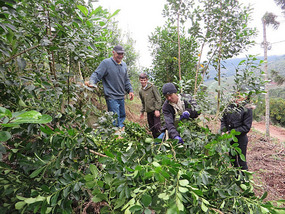
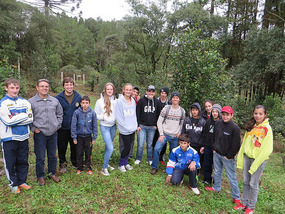




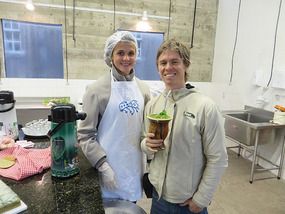
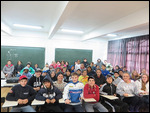

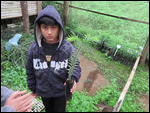
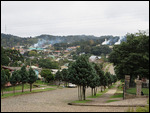
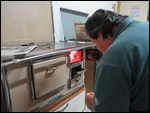
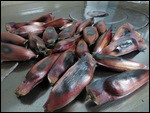
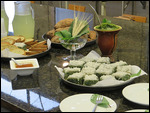
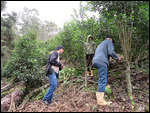
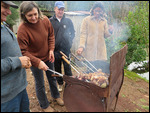
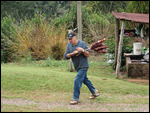
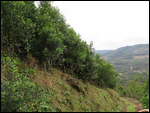
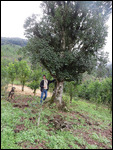
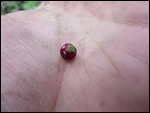
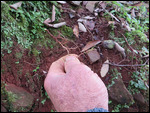
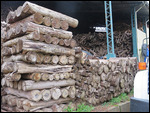
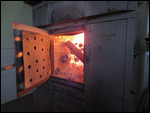
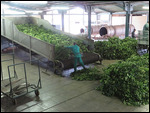
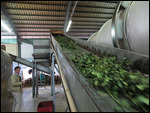
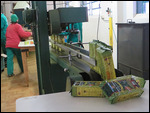
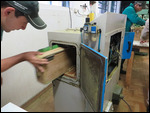

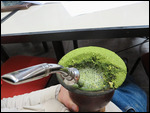
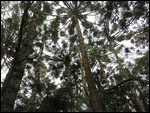
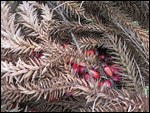
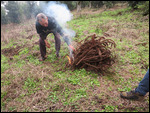
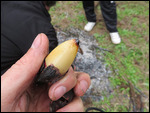
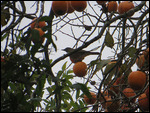
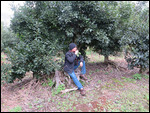
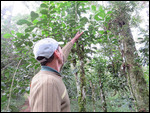
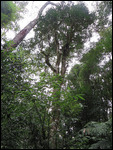
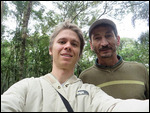
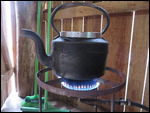
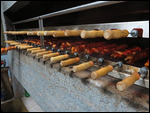
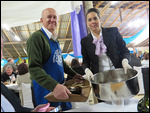
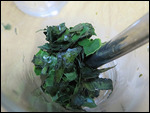
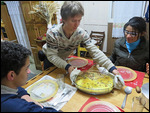
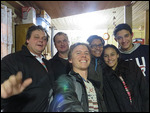

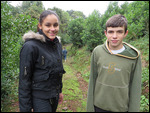
Monika
2014-07-13
So ongelooflik impressed met die journey wat jy gekies het... Your life will never be the same!